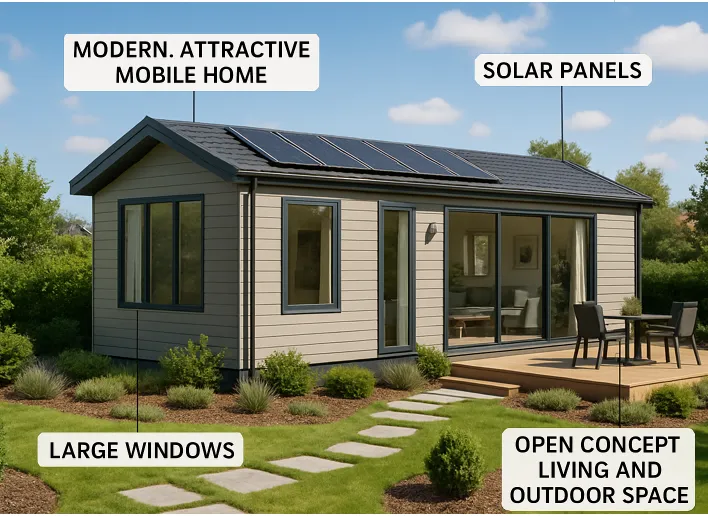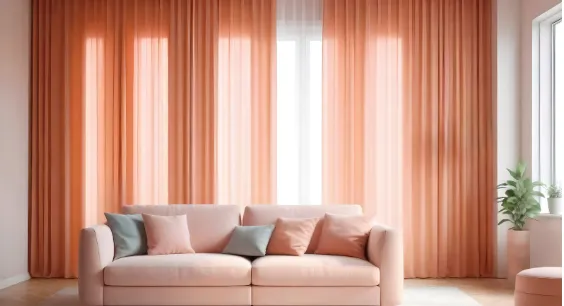Wrap Around Extensions in London: Design Inspiration & Expert Tips
London homes come in all shapes and sizes, but most of them face the same challenge. Limited space. Tight plots. Neighbours close by. A wrap around extension in London isn’t just about adding square footage. It’s about working within the constraints of the city and making your home actually function better. Extension Architecture has worked on plenty of London properties where a wrap around was the smartest solution for space hungry families.
What makes London different is the constraints you’re working with. Your garden might be long and narrow. Your neighbours share a wall on both sides. Conservation areas have rules about what you can do. These aren’t reasons to avoid a wrap around. They’re just things you need to plan for from the start. Our guide on building regulations for extensions covers what London specifically requires. And if your property sits in a designated area, our page on conservation area extensions will walk you through those restrictions.
Also Read: Why Toronto’s Discerning Homeowners Prefer Custom Handmade Drapery
Why London plots benefit from wrap around thinking
Most London houses are terraced or semi detached. You’ve got limited width and often deep gardens that run back forever. A standard rear extension only tackles half the problem. You get more depth but not more usable layout.
That’s where wrap around logic comes in. Instead of just pushing back, you think about the sides too. A kitchen that’s crammed into one corner of your ground floor can expand sideways and back. A narrow hallway can open up. A side return that’s been wasted space for decades becomes a proper room.
Click here to know more about the wrap around extension cost in london.
London properties also tend to be older. Victorian terraces, Edwardian semi detacheds, post war council houses. These have odd floor plans. Low ceilings in some places, high in others. Cramped kitchens that weren’t designed for modern living. A wrap around that’s thought through properly can actually fix these inherited layout problems instead of just patching over them.
Design styles that read well on London properties
London homes have character. Brick, stone, period details, sometimes listed status. Your extension needs to respect that without looking like it’s pretending to be from 1890.
Modern minimalism works if it’s done honestly. Clean lines, simple materials, generous glazing. It looks intentional next to a Victorian facade. The contrast works when it’s clear and confident. Messy attempts at matching everything or clunky oversized windows don’t.
Brick matching is the obvious choice for terraced properties. Get it right and the extension disappears into the existing property. Get it wrong and it stands out like a mistake. This isn’t trivial. Bricklayers who know London properties do this in their sleep. Ones who don’t will give you something that looks off without you being able to quite put your finger on why.
Timber frame or render can work too, but only if it’s part of a deliberate design direction. A side extension in crisp white render next to red brick only works if the design intention is clear. Random colour choices look confused.
Roof lines are critical in London. Most period properties have pitched roofs. A flat roof extension can work, but only when it’s well proportioned and integrated. A badly handled flat roof looks like it was added later, even if it wasn’t. Which, to be fair, it was. But it shouldn’t look that way.
Squeezing value from tight London gardens
London gardens are rarely generous. They’re deep but narrow, or shallow and wide, or awkwardly shaped around an existing structure. A wrap around extension needs to be smart about this.
Start by mapping your actual usable space. Not just the square footage of the extension, but how it transforms the rest of your garden. A well designed wrap around sometimes means the remaining garden is smaller but more functional. A rectangular plot with an extension that captures a corner might leave you with a triangle of garden that’s actually easier to work with than the original awkward shape.
Sunlight matters in London because we don’t get enough of it. Position your extension to maximise light into the spaces that matter most. North facing gardens are darker. South facing ones too, if they’re shadowed by neighbours. A wrap around with careful window placement can mean the difference between a usable space and a gloomy box.
Ground level transitions need thought too. Is there a step down to your garden? Your extension either needs to work with that or eliminate it. Getting this wrong makes your new space feel disconnected from the outdoors. Getting it right makes it feel like one continuous living area.
Party walls and neighbour realities
When you’re building a wrap around, you might be sharing walls with neighbours on two sides. This is just London life. It’s not a barrier to extension. It’s a thing to manage properly.
Party wall surveyor, building control, proper notice. These aren’t bureaucratic nonsense. They’re protection for you and your neighbours. A surveyor who knows what they’re doing can flag problems before they become expensive mistakes. They also smooth the whole process with your neighbours instead of creating tension.
Some neighbours will be fine. Some will be cautious. Some will dig in their heels about anything that changes their side of the wall. Getting this wrong leads to delays and stress. Getting it right means the project moves smoothly.
Maximising light and air in dense London areas
Density is part of London. Your neighbours are probably close. You might be looking up at buildings across the street or to the side. This changes how you think about glazing and openness.
Wrap around extensions with big windows facing other buildings can feel exposed. Privacy becomes an issue. But there are good solutions. Strategic window placement. Angled glazing. Internal screens that let light through without sightlines. These aren’t tricks. They’re just thoughtful design.
High level windows often work better in London than ground level ones. They bring light and air without the privacy issue. A wrap around with clerestory windows or rooflights often reads better than one with walls of glazing facing onto your neighbour’s kitchen window.
Ventilation matters more when you’re building around. Mechanical ventilation with heat recovery isn’t optional if you want good air quality. It’s part of modern building regulations anyway, but in a wrap around it’s genuinely worth the investment.







